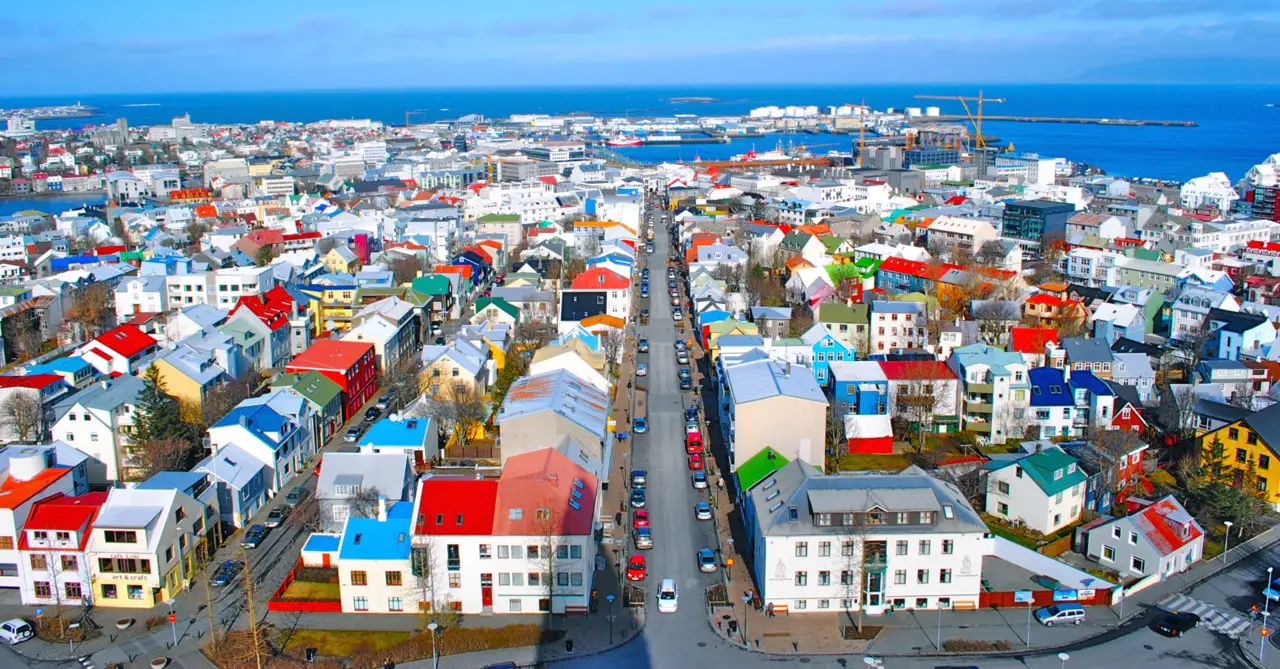Is Ljubljana the Hidden Champion of Sustainable European Cities?
In June 2014, Ljubljana was named the 2016 European Green Capital, joining major European urban sustainability pioneers like Stockholm, Hamburg and Copenhagen. With a population of just under 280,000 people, Ljubljana is comparatively modest city, and one which most people would, at best, only be able to recognise as the capital of a country somewhere between Austria and Croatia. It would probably have been no different for me if I wasn’t for the fact that I ended up in Slovenia a few days ago for work.
What was really surprising for me about Ljubljana was the almost-too-perfect combination of tradition and modernity, as well as the successful combination of architecture and nature. But what impressed me the most was how much it had in common with other European capitals on issues related to sustainable urban development: car-free zones, parklets, bike sharing, and public transport.
For me, the efforts behind their goal of making the city the “Green Capital of Europe” suggest that Ljubljana is a deserved winner for 2016. The European Commission obviously agrees, basing its decision primarily on Ljubljana’s work in the areas of sustainable transport and the revitalization and maintenance of green spaces. Innovations in waste disposal were also considered, as were initiatives to share knowledge related to natural disaster management.
The European Green Cities award was launched in 2008 in Tallinn, Estonia, by 15 European cities, including Berlin, Vienna, Prague and Helsinki. This annual event aims to honor cities that are continuously striving for high environmental standards, motivate them to continue to pursue their ambitious goals, and encourage the perception that they are models for other European cities.
Though there’s no cash prize for winning the award, value is expected to be generated for the city through:
- Promotion of tourism
- Positive international reporting (worth several million euros)
- Improving the city’s international profile, networking and the creation of new alliances
- Job creation by attracting foreign investors
- Greater focus on environmental projects through sponsorship and grants
- Acceleration of efforts to further improve environmental sustainability
- Pride among citizens
In an ideal world, the development of healthier and more sustainable living environments should be enough of an incentive for cities to develop and implement sustainability initiatives. Cities have historically been the origin of many of the environmental challenges we face – no real surprise in Europe when two thirds of all citizens live in cities and their associated municipalities.
Cities often differ substantially from each other, but every citizen should have the right to grow up and live in a healthy urban environment. If the European Green Capital award can inspire other cities to improve the quality of life of their own residents while also reducing their environmental impact, it is a step in the right direction. As the motto of the European Green Capital Award states, green cities are fit for life.
Photo: Tiia Monto



